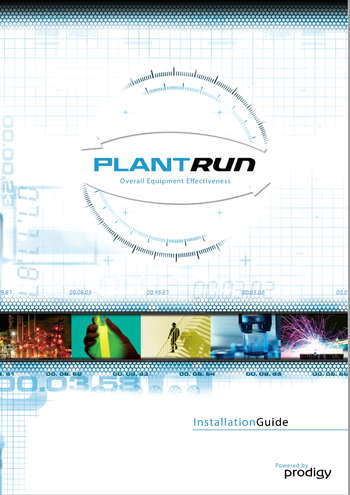Implementation
PlantRun's flexibility makes it cost effective for any level or complexity of application - from simple utilisation monitoring of one or two machines to a complete manufacturing information system for multiple sites.
PlantRun systems are supplied to an agreed functional design specification - fully customised, tested and ready to use. This ensures that the customer knows exactly what they are getting and what to expect from their system. We configure all your relevant information - asset ID's, products, shift pattern, downtime reasons etc - in to the system so there is no on site coding or programming required. All this information can be easily edited by your own staff with the system tools as and when shifts, products and reasons etc. need amending.
To ensure smooth implementation an experienced project engineer is responsible from start to finish giving you a consistent and reliable point of contact. The project engineer oversees all aspects of implementation. This includes..
- Development of the system to an agreed functional design specification
- Pre-delivery testing of the completed system and acceptance test at our premises.
- Provision of training for each level of user.
- System installation
- System Commissioning
- On going after sales support
Straightforward Installation
 Installation of the pre-configured hardware is designed to be very straightforward. This allows most customers to use their own engineering staff to handle installation, following our schematic diagrams, detailed Installation Guide and with the remote support of our engineers.
Installation of the pre-configured hardware is designed to be very straightforward. This allows most customers to use their own engineering staff to handle installation, following our schematic diagrams, detailed Installation Guide and with the remote support of our engineers.
This minimises costs and reduces any disturbance as installation can fit around operations. It also means that there is someone on site who understands the system layout if, for example, assets need to be moved. For those customers without the resources to do this installation can be arranged as part of a complete package.
PlantRun standard operator outstations and machine interfacing uses simple daisy chain wiring for communications and power in the machine area and over LAN Ethernet to the PC, which is usually sited in a clean area such as a production office or server room.
This arrangement ensures robust communications with no data drop out (compared to wireless systems which also still require a power supply).
As operator outstations have an independent power supply there is no need to connect power at each machine centre and powering down machines does not interfere with the operator outstations and vice versa.